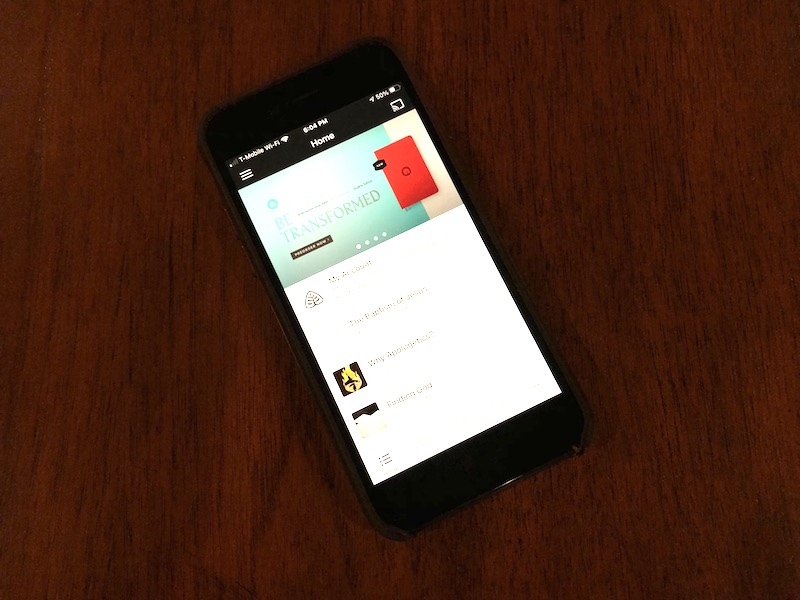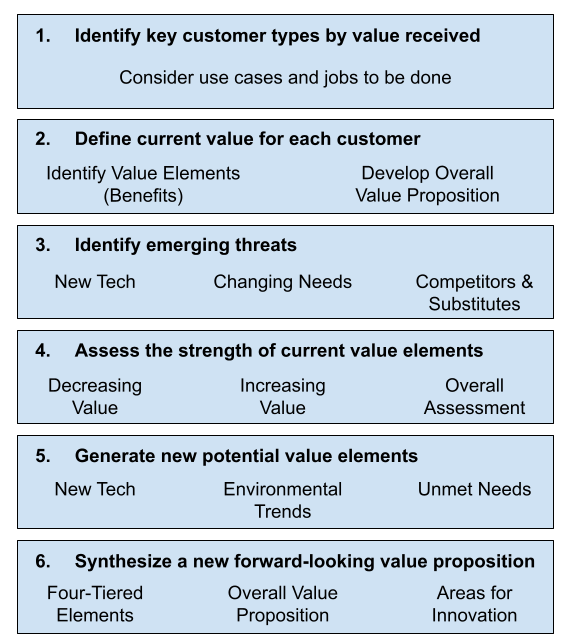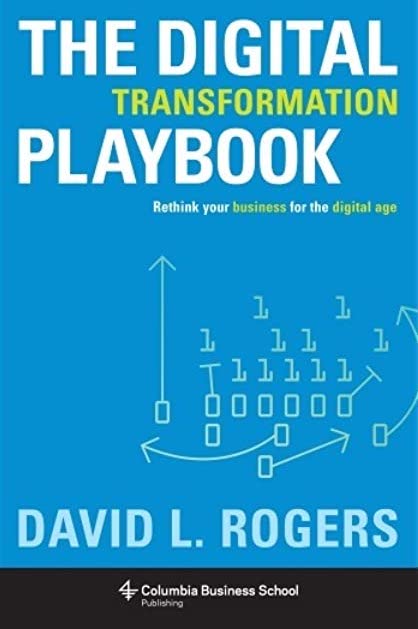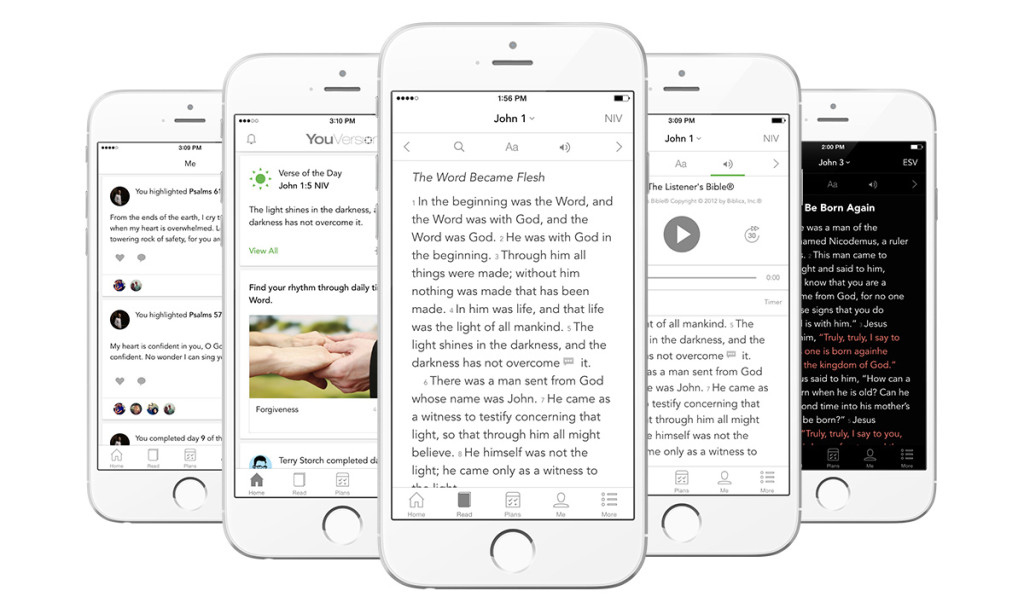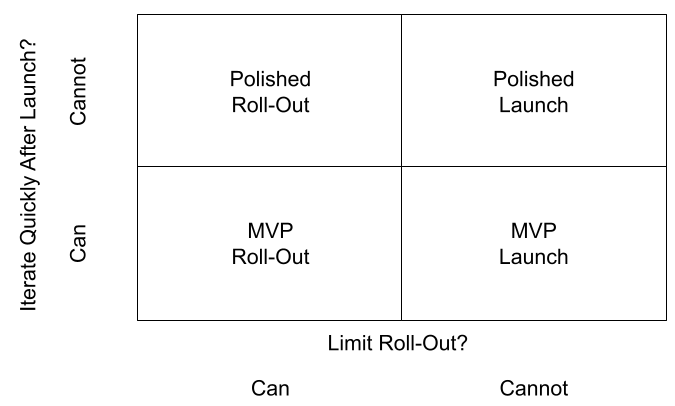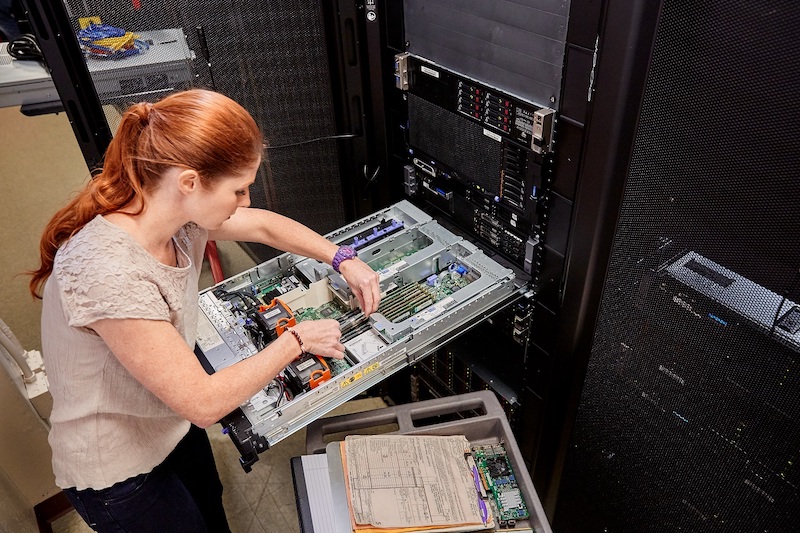Digital Teaching Revolution
From its earliest beginnings, Ligonier has been a leader in using technology in achieving its mission of “proclaiming, teaching, and defending the holiness of God in all its fullness to as many people as possible.” Before the digital revolution, the ministry was early in adopting audio cassettes, video cassettes, and radio to extend its reach beyond those within driving range of the Ligonier Valley Study Center.
As the digital revolution began, those early media forms transformed to their digital equivalents of CDs and DVDs and, with the growth of the Internet they became digital streams and podcasts. The mobile revolution brought mobile apps, and in the social and connected intelligence revolutions Ligonier has established platforms for connecting students and teachers, those with questions and those with answers.
From the early years when founder R.C. Sproul just had a lectern and a chalkboard and reached the dozens of students gathered in his classroom, Ligonier has grown to reach millions each month with rich teaching leveraging the latest technologies.
Sproul was constantly seeking ways to help more and more people more deeply understand who God is. He championed big projects. It’s reported that whenever a major initiative was completed, he would celebrate what God had accomplished, but then ask “What’s next?” The leadership of Ligonier is continuing to ask that question and to seek good and godly ways to advance their mission.
Digital Teaching Revolution Read More »

